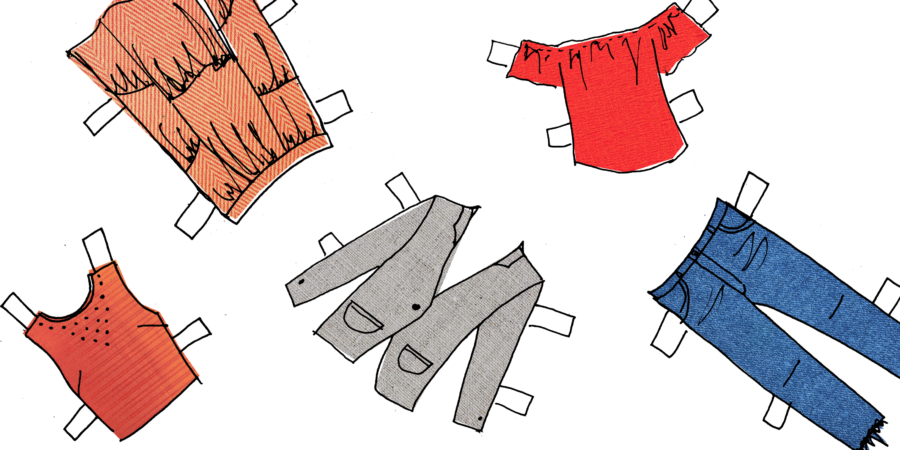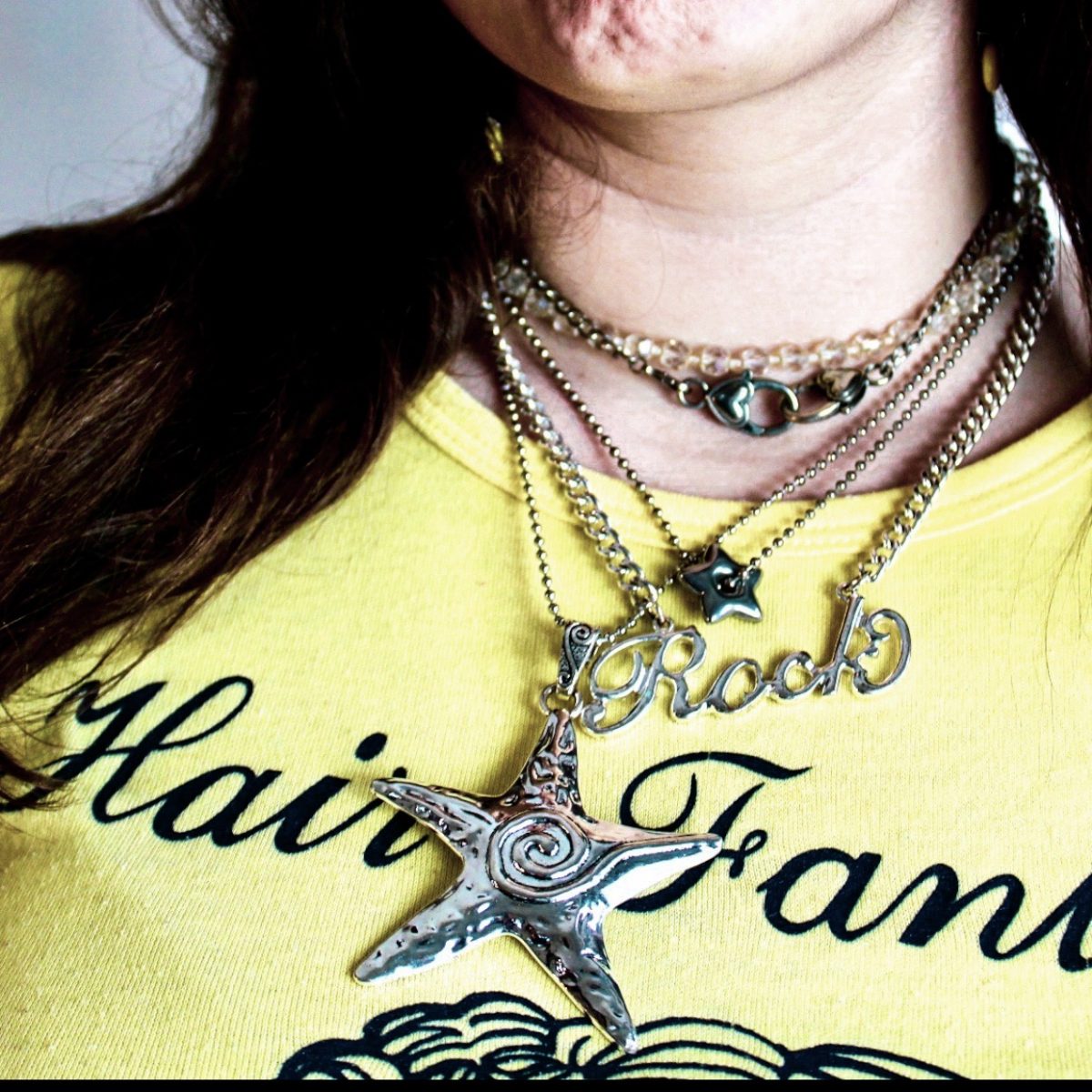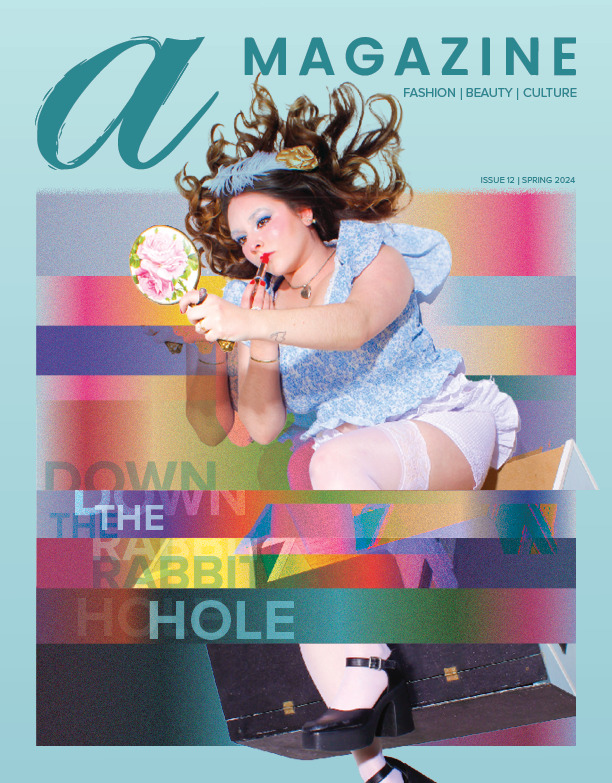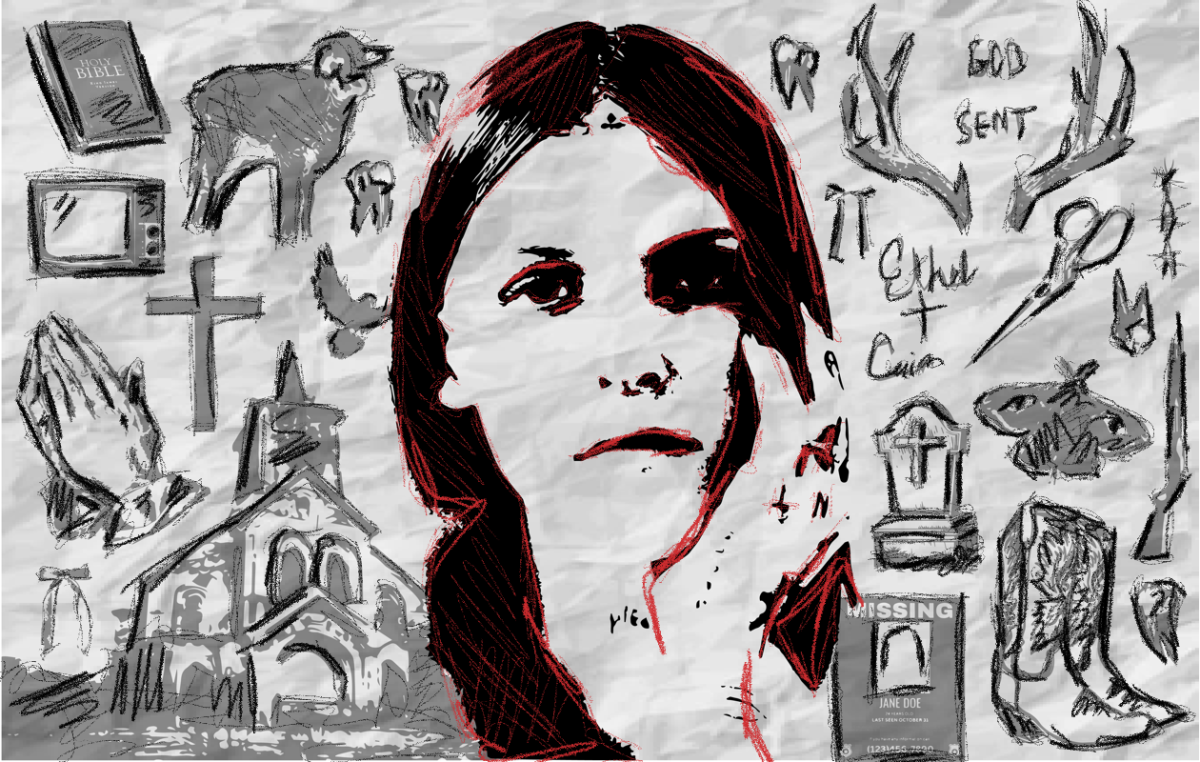Most college students in contemporary society solely focus on budgets, convenience and personal style when it comes to fashion; however, most people don’t realize the actual meaning and focus of fashion. A Magazine has found that fashion is a means of conformity, as an expression of individuality, and as a necessary contribution to economic and global success.
Fashion is commonly thought of through its visual form organized by shape, branding, color and texture. Fashion is more than a social process involving clothing and address, but is an expressive appreciation of novelty and individuality, which highlights both economic production and personal consumption.
Fashion is generally significant to culture because it offers artistic appearances in zones including clothing and dress, habits, cultural customs and religious acts through which people identify with or differentiate from various communities.
Allen Lowery, sociology professor at Kent State, says that “fashion plays a major role in the conformity within a cultural group and the act of identifying as an individual within that group.”
Lowery described how the lack of social constructs contrasts within several cultures. For example, if a man walked outside today in a long skirt with a side bag, we might not consider him to be socially acceptable; however, it is highly respectable and acceptable for a male in Scotland to wear a kilt and carry a satchel.
Similarly, William C. Perrine, senior lecturer for the Fashion School at Kent State, discussed gender roles and their impact on fashion. Perrine acknowledged the social constructs are being part of not only cultural phenomena, but tradition as well.
For example, he recalled that in Southern India men wear a skirt called a Mund which allows easy access for a day’s work for the man of the house. The tradition formed on the base of the male’s role in society, and it became apart of tradition due to it’s convenience within everyday circumstances.
People are becoming more aware of these fashion-related cultural differences, especially due to the increase of globalization. The fashion industry utilizes the concept of social constructs and our rapidly changing culture in order to promote economic success.
“It is totally different than it was 50 years ago,” Perrine said. “Back then, only 5 percent of clothing sold in U.S. was imported. Today, 95 percent is imported, and 5 percent is domestically made. The supply chain and technology is incredibly complicated.”
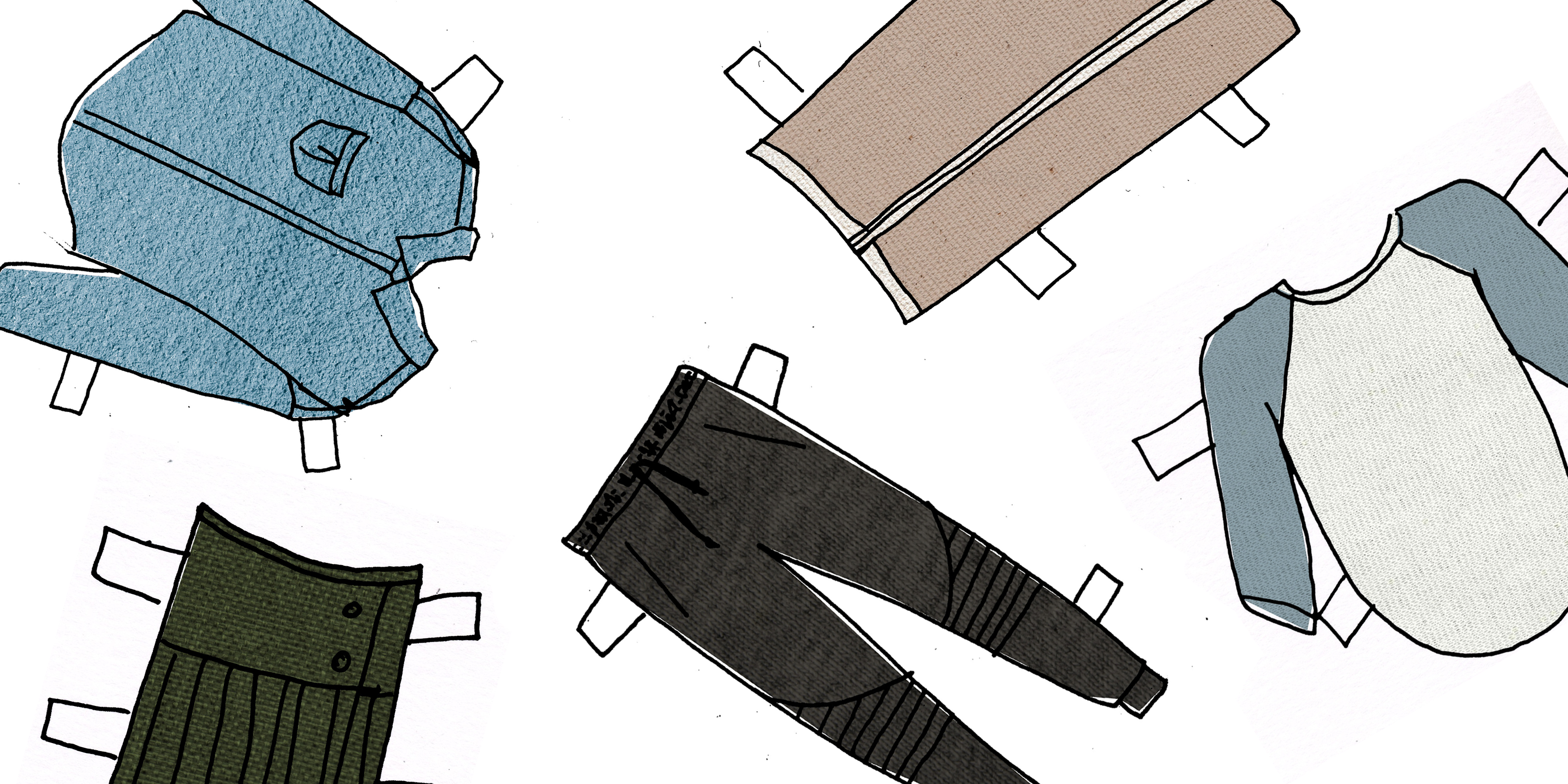
The most well known component to fashion is the pace at which it evolves. Fashion contributes to the globalization of goods and trends due to the quick transport of goods across the world. The negative side to quick transport is the difficulty with a rapidly changing culture. Lowery and Perrine both addressed how gender roles have played a part in self expression as well as economic identification.
“Everyone is trying to look different like everyone else,” said Perrine.
It’s a riveting concept that in today’s society we are conforming by abstaining from conformity and social constructs. Lowery explained that it is because of our gender based designs that it may help dictate an impression of capability.
Lowery highlighted Hillary Clinton as a favorable example. When she ran for office, she expressed her look in a very professional, stable and bold approach. Her use of the red power-color pantsuit allowed her to demand attention and break the barrier of gender norms that surround hyperfemininity. Nothing like dressing for the job you want, right?
Due to the increase in technological advances, fashion has become exceedingly widespread. Cellular applications have globalized fashion to the point where people can simultaneously share their own style online while following and keeping up with celebrity trends as well. In addition, the use of online applications have allowed infinite possibilities for opportune shopping.
“Younger people are more conscious of being fashionably aware,” Lowery said. “It is due to Mcdonaldization: a process of extreme rationalization that utilizes the efficiency, calculability, predictability and control. It has created a ripple effect of globalization for certain fashion trends such as blue jeans. The media has created connections between any culture or country.”
Fashion is not only a reflection of our everyday lives, roles and experiences, but is also a portrayal of who we would like to be. It is the base of this generation’s economic success and pan-Americanism. It allows individuality and the cohesion between cultures, countries and communities.

